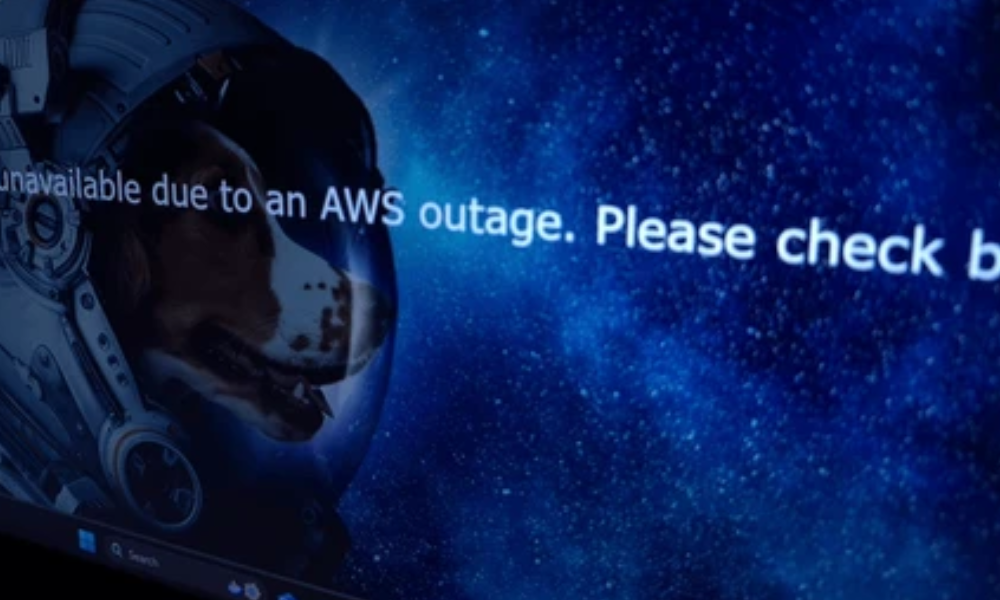As 2021 comes to an end, you may be starting to think about what’s been meaningful to you this year.
The end of the year is not only a time to reflect on what’s important to us, but it’s also a good time to plan charitable giving strategies for the upcoming year. Taking the time to do this legacy planning now can maximize the impact of your charitable gifts, as well as the tax benefits you might receive from making these gifts.
A unique giving opportunity exists for couples and individuals who are 70½ years of age or over. By utilizing what’s known as a Qualified Charitable Distribution (or QCD), you can meet the requirement to take required minimum distributions (or RMDs), if applicable, from your IRA and help support charitable causes you believe in.
How Qualified Charitable Distributions Work
With a QCD, you can donate up to $100,000 from your IRA to charity instead of donating liquid cash that has already been taxed. To execute a QCD, you will submit a distribution form to your IRA custodian requesting that funds be transferred to your desired charity.
A check can be sent straight to the charity or to you if you want to deliver the donation yourself.
Note that the funds must be distributed directly from your IRA to the charity. This means that the check should be made out to the charity, not to you personally. Otherwise, the distribution will be a taxable event and you’ll lose the benefits of the QCD.
Also make sure that the organization you’re donating money to is a qualified public charity, or in IRS parlance, a 501(c)(3) organization. It’s advisable to get a confirmation letter from the charity stating you didn’t receive anything of value in exchange for your donation.
Keep in mind that you must be at least 70½ years old by the end of the year when the distribution is made in order to utilize a QCD.
If you’re younger than this, you can’t use a QCD but there may be other tax-advantaged ways to give, like donating appreciated stock. You should connect with your advisor to see what might be best for you.
Tax Benefits of QCDs
Once you reach age 72, the IRS requires that you take RMDs from your IRA regardless of whether you need the money or not. When you start taking RMDs from your IRA, you’ll have to pay taxes on the withdrawals at ordinary income tax rates. This can result in extra taxes that might put a crimp in your retirement finances.
The RMD age used to be 70½ but the Secure Act delayed required minimum distributions until age 72. It did not, however, remove the ability for us to make a QCD after age 70½.
When you use a QCD to donate money from your IRA to a charity, the donation isn’t considered taxable income. This means you don’t have to pay income tax on the distribution, yet the donation still helps to satisfy the requirement for a minimum distribution.
In addition to relieving some of the tax burden created by having to take RMDs, there are several other potential tax benefits of QCDs. For example, initiating a QCD from an IRA does not impact your adjusted gross income (AGI).
A number of different phase-outs for certain taxes and tax breaks are based on AGI, so this is an important consideration.
Also, fewer people are itemizing deductions since the standard deduction was raised, which means they can’t always realize a tax benefit from charitable giving. QCDs are a great way to still reap some tax benefits from charitable contributions if you don’t itemize.
QCDs also let you bypass the rule that restricts charitable giving to a percentage of your AGI. Distributing money directly from your IRA to a charity using a QCD effectively reduces your AGI even if your contribution would have exceeded the percentage limit of AGI.
QCDs Are Now Permanent
QCDs were first introduced temporarily in 2006. Until recently, the rule allowing QCDs had to be renewed by Congress every year, which, for obvious reasons, created a certain amount of uncertainty around this particular planning topic.
But the Protecting Americans from Tax Hikes (PATH) Act finally made QCDs permanent.
As a result, you can now incorporate QCDs into your charitable giving and tax strategies each year (unless the rules change, that is!).
Our Take
As you plan your charitable giving and tax strategies for 2022 and beyond, think about whether utilizing a Qualified Charitable Distribution may be a wise move. And be sure to speak with a financial advisor and tax professional about your specific situation in more detail.
If you’re interested in what Personal Capital can do for you when it comes to tax planning, get started by signing up for our free financial tools.
Get Started with Personal Capital’s Free Financial Tools
Original Article






